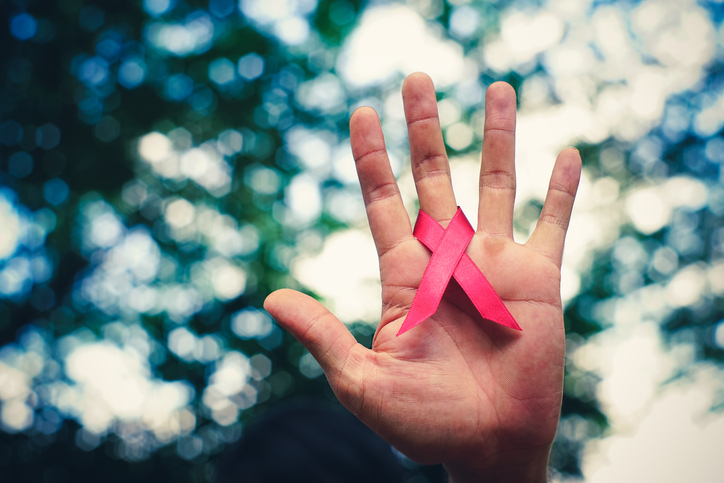Posts tagged child development

Mother-To-Child HIV Transmission Eliminated in Thailand
One of the biggest concerns in the world is the spread of HIV. This happens through unprotected sex, sharing needles, and more. Actions like these leave adults at risk. Unfortunately, the spread of HIV doesn’t stop with there. HIV transmission can happen during pregnancy, birth, or breastfeeding as well, causing an unborn child or infant to contract the disease. The World Health Organization (WHO) has made efforts to stop mother-to-child HIV transmission, and it has worked for Thailand.
Mother-To-Child HIV Transmission
Parents and soon to be mothers with HIV need to be aware that pregnancy, birth, and breastfeeding is the most common to spread the disease to your child. The CDC states these three facts:
- Approximately 8,500 women living with HIV give birth annually.
- Most (73%) of the estimated 174 children in the United States who were diagnosed with HIV in 2014 got HIV through perinatal transmission.
- Most (88%) of the estimated 104 children in the United States diagnosed with AIDS in 2014 got HIV through perinatal transmission.
In order to protect your child, it is important to be tested once you discover that you are pregnant. The risk of HIV significantly decreases to around 1 percent if HIV medicines are taken within the first 4-6 weeks.
How Thailand Has Eliminated This Transmission
Around the mid-1990’s, the rate of mother-to-infant HIV transmissions in Thailand was 20-40 percent. Using WHO’s recommended strategy, the government has successfully reduced transmissions to 1.9 percent. This strategy focuses on four areas of prevention and care:
- The prevention of HIV in women of childbearing age
- Stopping unintended pregnancies in women living with HIV
- The prevention of HIV transmission from an HIV-infected woman to her infant
- Provision of appropriate treatment, care, and support to women and children living with HIV
Thanks to the government’s initiative, they followed this strategy through the promotion of condoms, the distribution of HIV risk materials, and other efforts. Soon, more government money flowed into Thailand’s HIV/AIDS programs because of their successful efforts. Women have since had more access to HIV testing and antiretroviral therapy.
Awareness and determination like this spell a bright future for stopping HIV in its tracks.
Is Treating a Mother for HIV With a Child in the Womb Safe?
A recent study addressed concerns on the effect that an expectant mother’s HIV treatment may have on her unborn baby. In particular, the study focused on language development. What was the result? By age two, children who had been born to mothers treated for HIV during pregnancy showed no additional delay in learning to speak.
This was an important study to relieve the concerns of many in the medical field. It had been believed that treating pregnant women for HIV would result in the baby’s lessened brain development.
All of the children who were part of the study were exposed to HIV during the pregnancy. While some mothers received a cocktail of drugs to treat the condition; others did not. The results for language development in the resulting children were just about equal. On both sides, about 1 in 4 experienced development difficulties. This shows that it was not the medication’s fault that children born to HIV-infected were having this language problem.
While previous studies suggested that the antiretroviral drugs may cause these delays, this study has clearly debunked that previous concern. One drug in particular is still being monitored, however. While children born of mothers on this particular drug were on equal footing with their peers by age two, they were behind at age one and had to catch up. More research is necessary to discover the reason for this. The drug’s name is Atazanavir.
Almost 800 children were a part of this comprehensive study, so these findings clearly overturn those of previous smaller studies. On the other hand, now research must continue to try and explain why about 25% of children exposed to HIV in the womb end up experiencing some kind of early on language problem.

